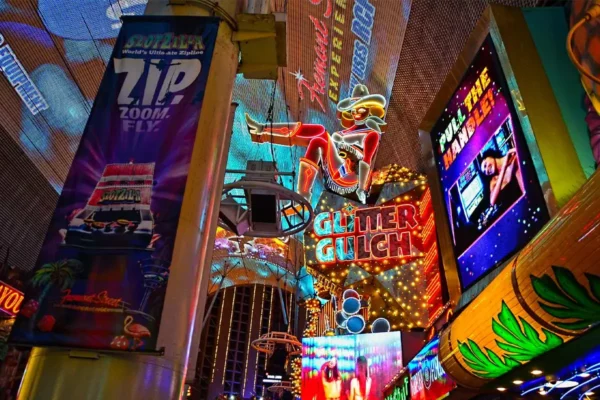Every Olympic season means building a whole new city to host millions of visiting athletes and spectators. Olympic hosts must meet the challenges of providing lodging, dining, entertainment, transportation, medical and a myriad other facilities and services while offsetting the footprint these activities will leave behind. Newly installed infrastructure will remain, but will it be sustainable and relevant to the community after the party is over?
The London 2012 Carbon Footprint Study reports that this year’s London Games are expected to generate 3.4 million metric tons of greenhouse gases. In anticipation of this reality, the Olympic Delivery Authority (ODA) published a document in 2008 outlining its plans to build the most environmentally friendly games facilities to date. The ODA conducted a complete environmental survey of the Olympic Park area prior to beginning construction. Findings were used to improve the ecological health of the area, preserve indigenous flora and fauna at the site and leave a sustainable legacy for future generations.
“We are doing everything we can to lessen the negative impact of constructing the Olympic Park on the environment – and on the people who live, work and play near the Park. The Olympic Park will be one of the biggest new, city parks in Europe for more than 150 years,” stated the ODA.
The ODA committed to reusing or recycling 90 percent of the materials from the construction phase of the project. Fifty percent of building materials were transported by water and rail in order to mitigate the carbon output on roadways. Twenty percent of energy used in the park is generated from renewable sources. A wind turbine installed in the Park will generate power for 1,000 homes.
The Games’ official website, getset.london2012.com, describes the conservation measures used in designing and constructing the venues:
- Olympic Stadium – the most lightweight Olympic Stadium to date, minimizing the use of steel. The roof truss was made out of unwanted gas pipelines, and recycled granite from King George V docks was used for the Stadium’s river banks.
- Velodrome – almost 100 percent naturally ventilated. Rainwater is collected from the roof for flushing toilets and for irrigation.
- Aquatics Centre – the concrete in the foundations of the venue has a high recycled content, and the water used to clean the swimming pool filters is recycled for toilet flushing.
- In total, the sports venues use at least 40 percent less water than equivalent buildings due to initiatives such as low-flush toilets and rainwater harvesting.
- Many of the venues and bridges have living habitat spaces incorporated into walls and roofs.
The International Olympic Committee (IOC) constituted environmentalism as its third pillar, after sport and culture, in 1995. Sydney was the first Olympic city to embrace this mandate. The city rehabilitated an industrially contaminated site in Homebush Bay and used recycled materials and photovoltaics in its construction of the Olympic Park. While the Park fell into some disuse following the games, it has since expanded into an active, multi-use sector of the city.
In contrast, Athens did not achieve gold in its Olympic hosting skills. Many facilities have fallen into disrepair. The World Wide Fund for Nature opines that Olympic construction in Athens caused damage to wetlands and coastal habitats and demonstrated no environmental innovation.
Beijing achieved LEED Gold under the USGBC’s Neighborhood Development program for its construction of the athlete’s village. The Olympic Water Cube has been converted to the Happy Magic Water Park, now a family tourist attraction.
The IOC and host cities are now seeing the Games as opportunities to build improved, lasting infrastructure. The London Games site is located in a disadvantaged area of the city, where the Games’ legacy of better public transportation, new and affordable housing, community parks and facilities, and improved energy resources will be a gift to local residents.
The key to making large-scale events a positive experience for the community and environment is thinking long-term. Harmonization of Olympic goals with the local ecology and social values should result in sustainable civic improvements. We have yet to see if London gets the gold for green.
Green tip for June:
For the past two years, Earth Day Network’s A Billion Acts of Green campaign has been calling for green commitments from individuals, businesses, and governments around the world. This is the largest environmental awareness campaign in history. The program has achieved its goal of a billion green acts and counting. It will present its results at the upcoming Rio+20 conference, June 20-22, where world leaders will meet to discuss global sustainable development. Visit act.earthday.org to add your voice to the 1,021,000+ citizens who have already made their commitment to a greener world.





























